Safe operating space for wetlands in a changing climate
Edwin Peeters, associate professor at Wageningen University, the Netherlands, and Edward Morris, postdoctoral scientist at the University of Cádiz, Spain share this Frontiers Focus on managing local threats to wetlands so that we may continue to enjoy their benefits as the climate changes, in the March 2017 issue of ESA Frontiers.
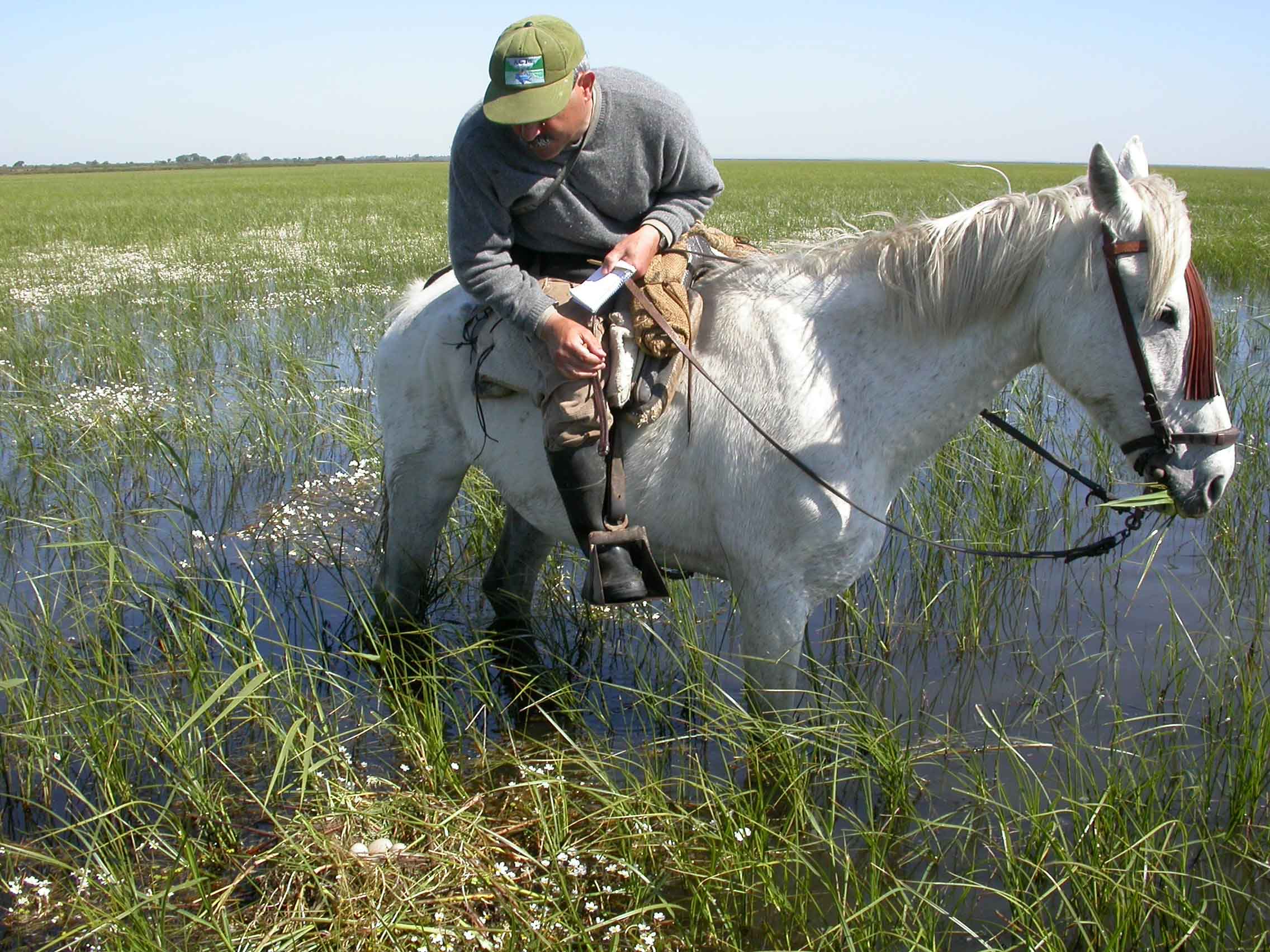
Additive effects of local and global pressures- A member of the Doñana Biological Station monitoring team counts waterbird nests in the Doñana marsh. Water extraction and climate change threaten to shorten the time the marsh spends flooded each year, making successful breeding less likely. Credit: Rubén Rodríguez, EBD-CSIC.
Wetlands are exciting places to spend our free time, exploring the rich animal and plant life. But swamps, marshes, bogs, fens, and everglades have had a particularly hard time over the years. They have been drained, filled in and built upon, till only a few remain.
Thankfully, a growing appreciation of the value of wetlands has helped halt this destruction, but the spectre of climate change hangs over those that remain. The threats of climate change, habitat destruction and the loss of wildlife may get you down if you are a nature lover. But wetland managers can be hopeful about conserving wetlands, because it turns out that some pretty easy local actions can help keep wetlands healthy in the future.

A flock of greater flamingos in the Doñana wetlands, where up to 30,000 are recorded, making them a major ecotourism attraction. Doñana is Europe’s most important wetland for waterfowl. Credit: Rubén Rodríguez, EBD-CSIC.
This is because the main local challenges to wetland survival are removal of water and addition of too many nutrients, and both these threats act in a similar way to climate change to damage wetlands. So, cutbacks in these local pressures can give wetlands room to adjust to the changing climate. Reducing water extraction or agrochemical use, or improving treatment of urban wastewater can all compensate for future effects of climate change. Using this positive idea, my colleagues and I looked to the Doñana wetlands in Spain as an example. In the March 2017 issue of ESA Frontiers, we show how the notion of creating a ‘Safe Operating Space’ can help safeguard wetlands in the 21st century.



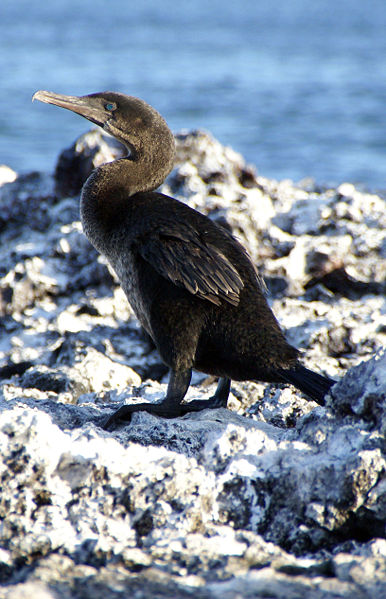
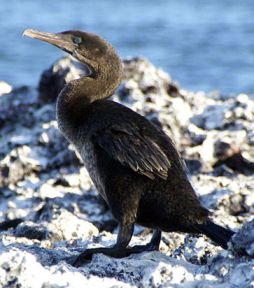




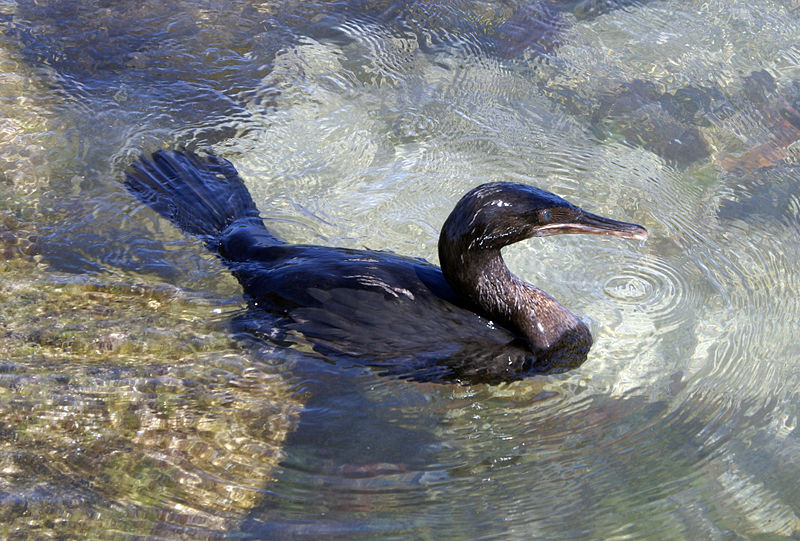
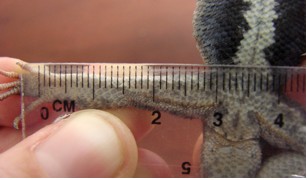
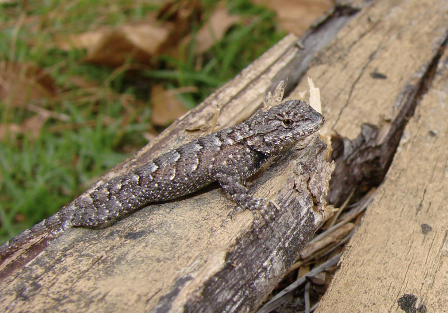












 Andy J Green, Paloma Alcorlo, Edwin THM Peeters, Edward P Morris, José L Espinar, Miguel Angel Bravo-Utrera, Javier Bustamante, Ricardo Díaz-Delgado, Albert A Koelmans, Rafael Mateo, Wolf M Mooij, Miguel Rodríguez-Rodríguez, Egbert H van Nes, Marten Scheffer (2017) Creating a safe operating space for wetlands in a changing climate. Frontiers in Ecology and the Environment 15(2): 99–107, doi:10.1002/fee.1459
Andy J Green, Paloma Alcorlo, Edwin THM Peeters, Edward P Morris, José L Espinar, Miguel Angel Bravo-Utrera, Javier Bustamante, Ricardo Díaz-Delgado, Albert A Koelmans, Rafael Mateo, Wolf M Mooij, Miguel Rodríguez-Rodríguez, Egbert H van Nes, Marten Scheffer (2017) Creating a safe operating space for wetlands in a changing climate. Frontiers in Ecology and the Environment 15(2): 99–107, doi:10.1002/fee.1459
⇒More from Frontiers Focus:
- “Coastal wetlands help fight climate change” by Ariana Sutton-Grier, 1 Feb 2017
- “We can harvest bioenergy from preserves while protecting biodiversity” by Koenraad Van Meerbeek, 30 Nov 2016